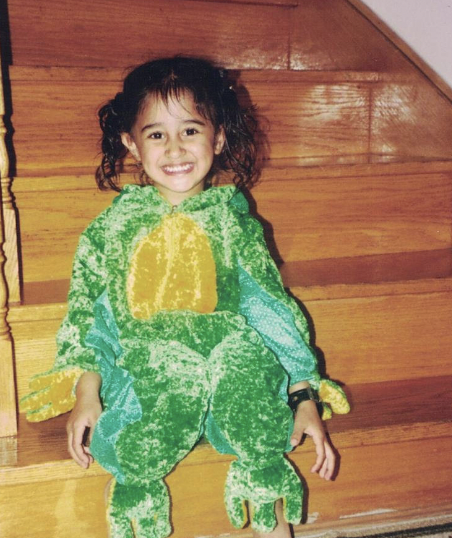My name is Jasjot.
In Punjabi, Jasjot—pronounced “Jus-joth”—has a beautiful meaning: Light, radiance, fame, glory. In English, however, the name Jasjot—pronounced “Jazz-jot”—bears no significance.
Growing up, I hated hearing my name. It was a blaring symbol of my Indian identity that excluded me from the dominance of whiteness. From the school lunches perceived as “smelly” by my peers, to the hair on my arms, being Punjabi haunted me. Despite living in a city with an abundance of Indian immigrants, I hated not conforming to the same beauty standards that white girls epitomized.
Moving to Montreal marked a new era—I’d never lived in a city quite like it. Indians were in the minority, and to my chagrin, at the time I knew only one person in the entire city. Now, when I look back, I see the bright side: It was a fresh start.
For the first time in my life, I felt truly different from my peers. I realized that being the loud, sassy, confident girl I had been was one thing—but all of that on top of being the only person of colour in a room was another thing entirely: In every way possible, I was set apart. In my head, this combination rendered my identity indigestible. I was deeply afraid that due to the differences in my surroundings, I would be rendered an insufferable, rambunctious person of colour.
So I tried to change everything about myself. My style, hair, personality, and taste in music, men, and even friends—I wanted to transform all the distinguishing aspects that had once made me unique. Most importantly, I began to introduce myself as Jas—pronounced “Jazz.” Until this point, Jas was a name only spoken by my dad and brother. It made me feel like I was at home, and that I was safe and loved regardless of who I was. Now, it became a tool to fit into the confines others had created for me. Jas was a name that was far more digestible than Jasjot. Jas was a name that allowed me to take up as little space as possible.
I now realized how unbelievably misguided I was. The parts of my identity that I attempted to conceal—my loudness, my quick wit, my race—are the traits that make me, me. These traits not only define who I am, but who I want to be. So, after a spiral of identity crises, I decided enough was enough: I deserved to take space in others’ lives. Jas became a girl who didn’t want to fit into the box of whiteness, nor change the core characteristics that made up her identity. She wanted to remain true to her adolescent self.
However, some habits are hard to break. Truth be told, I should be telling people that Jas is pronounced “Jus,” not Jazz. But growing up Punjabi in Canadian society impeded my connection with my racial identity. I wasn’t nearly as “cultural” as some of my other second-generation immigrant friends, yet hints of my Punjabi identity leaked into every aspect of my life, from an inability to wholly articulate my thoughts in merely one language, to my years of competitive Bhangra. Not being Punjabi enough secluded me from my Indian friends, and being too Punjabi left me isolated from my non-Indian peers.
This struggle is part of what compelled me to reinvent myself. I didn’t fit into any box, and on top of that, I felt that I had too big of a personality. While I still occasionally use the name Jasjot in professional arenas because it symbolizes the Punjabi girl that my parents created, Jasjot is someone I was never quite able to connect with. She is a melancholic memory of deep unhappiness and confusion.
Jas, however, is able to accept and embrace her flaws. She realizes that you can never entirely fit into the bounded ideals others create for you.
I am Jas, and I’m the most authentic version of myself that has existed.









